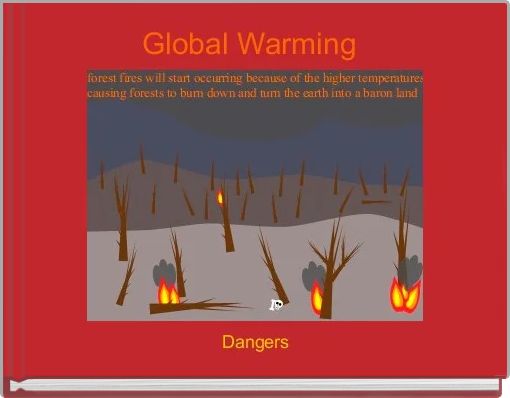The rainforest, often lauded as the living lungs of our planet, pulsates with a rhythm defined by its unique climate characteristics. Nestled around the equator, these verdant jungles revel in an environment that sets them apart from other ecosystems. To understand the alluring grandeur of a rainforest, one must delve deep into its climatic nuances—an interplay of moisture, temperature, and atmospheric elements that shapes this enchanting paradise.
In the heart of the tropics, the climate of a rainforest is synonymous with warmth and humidity. Average temperatures consistently hover around a balmy 20 to 30 degrees Celsius (68 to 86 degrees Fahrenheit). This steady warmth serves as a catalyst for a plethora of biological activities. Just as a maestro conducts an orchestra, orchestrating harmonious sounds, the rainforests’ climate conducts life, prompting plants and animals to unveil extraordinary adaptations as they thrive in this sizzling sanctuary.
Rainfall, the lifeblood of the rainforest ecosystem, is a defining climatic feature. Rainforests receive an astonishing amount of precipitation, often exceeding 2000 mm (about 79 inches) annually, with some regions witnessing up to 10,000 mm (nearly 394 inches) in a year. This deluge creates a lush, green tapestry, transforming the terrestrial landscape into an emerald paradise. Rainfall typically occurs in an unpredictable pattern—frequent, albeit sometimes torrential. While the skies may seem perpetually overcast, the monsoon-like deluge intersperses with moments of brilliant sunlight, fostering a dynamic environment.
The high humidity, regularly lingering at about 77% to 88%, cloaks the rainforest like a warm, damp veil. It is in this saturated atmosphere that countless organisms flourish. The moisture-laden air holds a silent promise—the promise of life. This humidity facilitates the dilation of plant stomata, allowing for increased carbon dioxide uptake. As if drawing breath from the very air that surrounds them, trees, ferns, and vines grow unfettered, reaching for the sky in a vibrant display of greens. Each leaf acts as an absorbent sponge, soaking up the life-giving moisture, in a constant duel against evaporation.
Yet, the climate of the rainforest is not solely defined by its precipitation and warmth. It can be likened to an elaborate tapestry woven from many threads—seasons, biodiversity, and inter-species relationships all intermingling within this delicate balance. Unlike temperate regions that experience stark seasonal shifts, the rainforest climate is relatively uniform, making every day feel akin to a tropical summer. This consistency promotes a staggering biodiversity, with an astounding 50% of the world’s plant and animal species calling the rainforest home. This unique allure is comparable to a never-ending carnival, where every moment reveals something enticing and novel.
Within the snug confines of the rainforest, the microclimate thrives. Layers of vegetation emerge, creating a vertical spectrum of habitats, from the forest floor to the towering canopy. Each level boasts a distinct microenvironment, defined by varying light conditions, temperature gradients, and humidity levels. The forest floor, cloaked in shadows, remains cool and damp, a nurturing ground for ferns, moss, and decomposers. The understory, bathed in filtered light, acts as a stage for smaller trees and shrubs, while the canopy, akin to a bustling metropolis in the sky, supports a medley of life, including birds, insects, and even some mammals like monkeys and sloths. This intricate layering reflects the symbiotic relationships that emerge within the rainforest, reinforcing the concept that each element, each life form, contributes vital services to this ecological delicacy.
The fluctuating climate also connects with human activities—both positive and negative. Deforestation, climate change, and urbanization threaten this harmonious ecosystem, causing erratic rainfalls and shifts in temperature that place immense pressure on the delicate interdependencies of life within the rainforest. Warm air and increased carbon emissions, like intruders at a peaceful gathering, disrupt the fragile equilibrium. The cascading effects of a warming climate ripple across the landscape, altering habitats and compelling species to adapt or face extinction. Thus, the rainforest not only serves as a sanctuary but stands as an indicator—a barometer of the overall health of our planet.
In understanding what defines the climate of a rainforest, it becomes evident that it weaves a rich narrative not just of weather patterns but of life itself. Every droplet of rain, each warm gust of wind, and the cacophony of sounds echoing through the foliage creates a symphony that speaks of resilience. This enchanting biome beckons humanity to appreciate its magnificence, urging a commitment to conservation and stewardship.
As environmental custodians of our planet, we must recognize that the fate of the rainforest is inextricably linked with our actions. The world’s wettest ecosystem, resplendent with verdant life and extraordinary biodiversity, is more than a mere spectacle; it serves as a silent sentinel, monitoring our climate’s health. Protecting this realm is our collective responsibility—an obligation to future generations and to the intricate web of life that depends upon it. The call to action is clear; the rainforest is more than just a destination; it is a vibrant tapestry of life waiting to unfurl its secrets.



